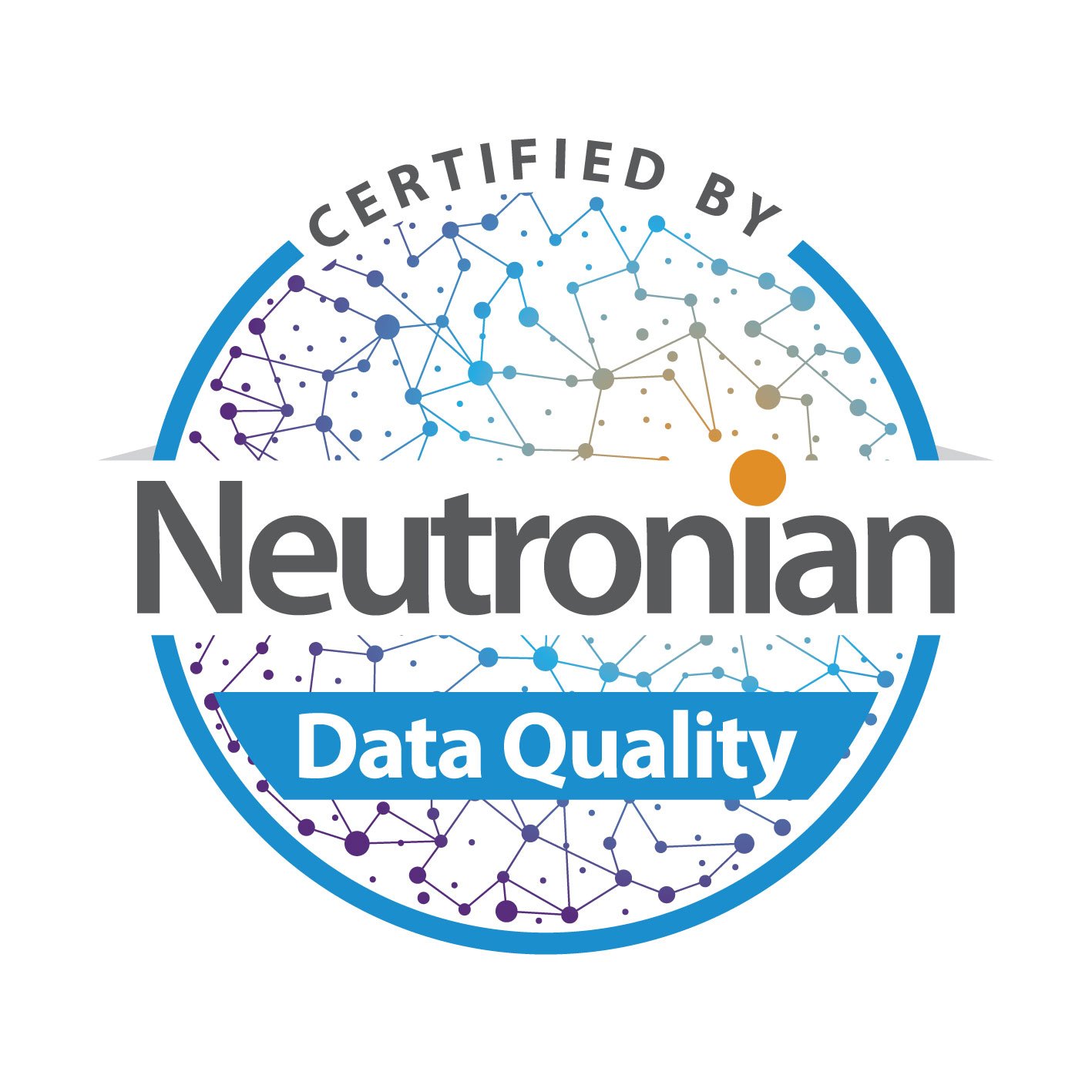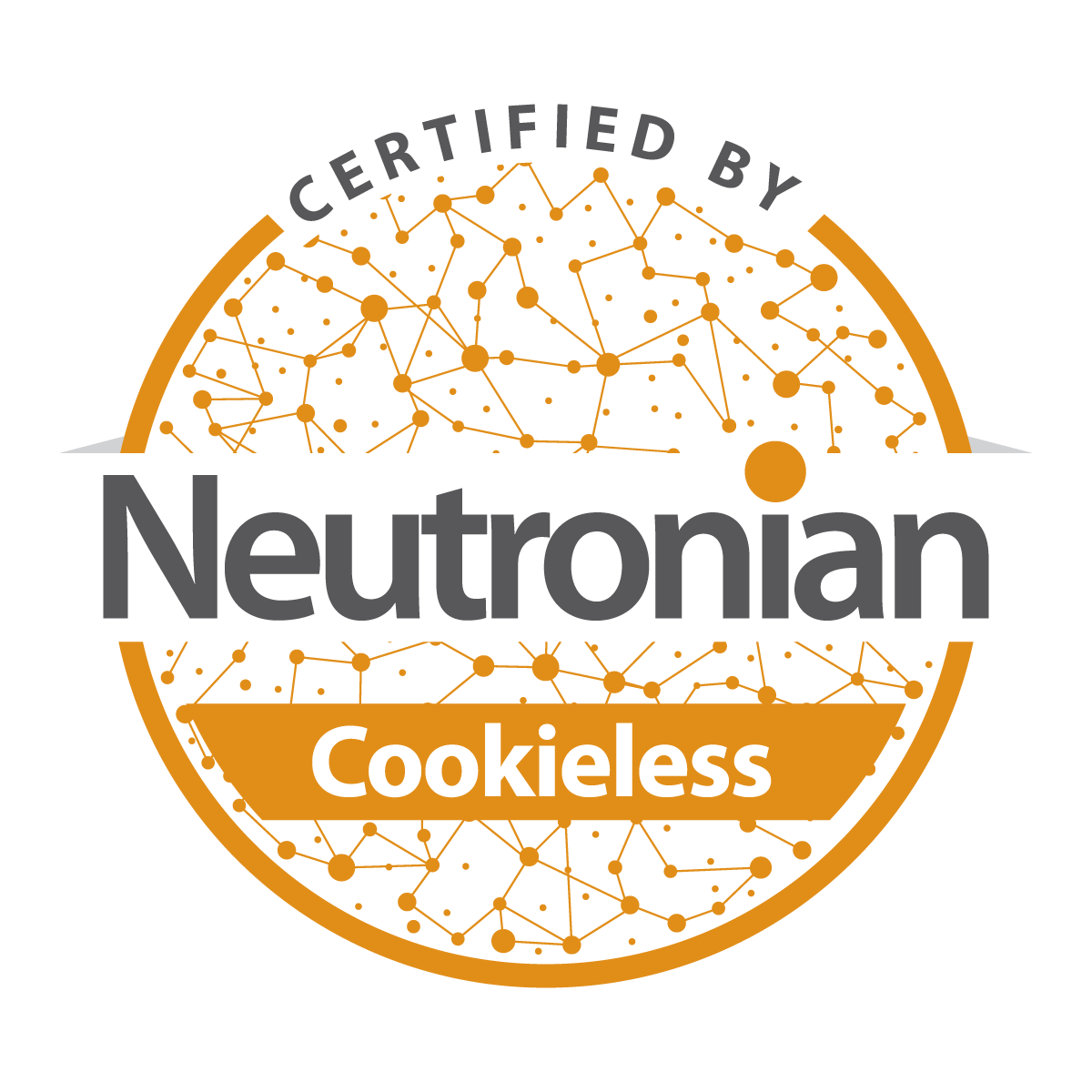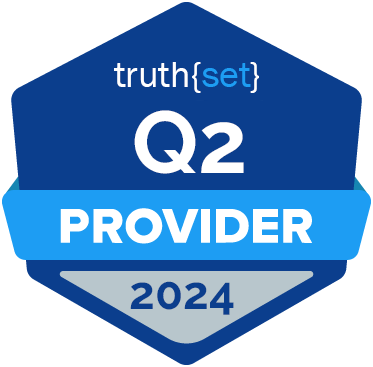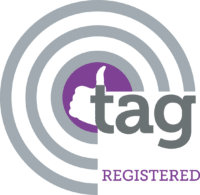As a marketer, you’d be hard-pressed to have a future-looking business conversation that didn’t reference the growing capabilities of artificial intelligence (AI). As of last year, 91 percent of Fortune 1000 companies were increasing their investments in AI, and 77 percent of marketers reported leveraging AI automation in their efforts.
Embracing new technology isn’t new to the world of marketing and advertising, however, with new tools like ChatGPT now firmly in the hands of the masses, the buzz around AI and its potential has risen to a fever pitch. Emerging AI solutions hold not only the promise of more effective and innovative marketing but are also being hailed as a savior for advertising in a cookieless world.
As marketing leaders aim to harness the AI momentum through evaluating, testing, and adopting more-intelligent technology and tools to guide their efforts, it’s important to understand the essential role that quality audience data plays in achieving success.
The Emergence of AI in Marketing
Many of the current applications of “AI” in marketing would more accurately be considered machine learning and predictive modeling. These capabilities have been in place at DSPs and other platforms for years to aid planners in making informed audience and campaign-related decisions. These tools leverage consumer data from online and offline sources, combined with dynamic learning technology, to predict what users will do on websites or in apps and then deliver personalized messaging on the right channel at the right time.
Currently, some of the top media and advertising use cases for machine learning and AI include the following:
- Dynamic audience targeting
- Ad copy and content creation
- Dynamic ad and content delivery
- Content moderation
- Email marketing
Programmatic AI Takes Center Stage
On June 6, the Trade Desk—arguably the biggest and most influential player in the programmatic space—launched Kokai, its new media buying platform designed to bring “the full power of AI to digital marketing.” This flashpoint in the industry promises to transform digital advertising through AI advancements in measurement, targeting, partner integrations, and real-time insights, all available through an intuitive user experience.
This new Kokai user experience, dubbed “The Programmatic Table,” will offer intuitive media buying functionality based on the Periodic Table. Sounds cool, right?
Well here at Alliant, we found the most crucial element in the graphic to be the Audience (Au) element in blue smack in the middle of the table. Even with all of the flash and hype this type of intelligence technology can deliver in the programmatic space, what’s perhaps the most important element of the equation is the crucial role of having quality audience data.

Source: AdExchanger
Transforming Audiences into Intelligence
To achieve the greatest results possible when creating, targeting, and delivering ad experiences, AI requires massive amounts of data on different types of customers, across demographics, behaviors, and transactions—both offline and online—and more. Looking at AI through a programmatic lens, here’s what that means specifically:
- Using premier audience segments at the onset: By starting with high-quality audience segments built on known audiences, DSPs can then leverage their AI-driven targeting capabilities to discover look-a-likes that truly look like the target audience and optimize ad delivery to these individuals.
- Ensuring data is deduplicated and complete: Quality data is clean data. Duplicated data or data with notable gaps can confuse AI. By ensuring the data going into an AI-driven model is deduplicated and complete, marketers can ensure AI isn’t drawing erroneous conclusions.
- Insisting on privacy-friendly data: How data is stored, processed, and managed has never mattered more than it does today. Before data is fed into AI models, its privacy compliance must be ensured, lest AI tools bring media buys into non-compliant spaces.
- Guiding creative and content delivery: AI-fueled messaging is only as effective if it’s delivered to the right audiences. For this reason, quality audience data is important from both an AI-driven targeting and AI-driven creative development standpoint. And, importantly, both sides of the equation need to be working off of the same insights.
- Optimizing campaign performance: By evaluating a vast number of impressions and delivering ads against a defined audience, AI can help advertisers meet their campaign goals and optimize as they go. But again, delivery and optimization efforts are only as good as the audience data that kicks off the process.
The buzz around new AI marketing applications is well warranted, but it’s important to keep in mind what true success with these tools requires. In order for AI to deliver the magic that marketers are expecting of it, it must be fed by stable, trusted, and accurate audience data.
From agencies and brands on the buy side, to publishers on the sell side, to platforms facilitating tomorrow’s programmatic marketplace, artificial intelligence fueled by quality data will take advertising to new heights.
Are your data sources able to deliver? Reach out to the Alliant team today!































Submit a Comment